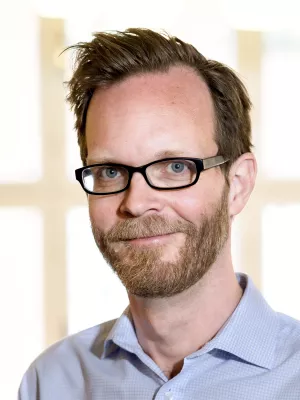
Olof Hallonsten
Senior lecturer

The emergence and growth of materials science in Swedish universities
Author
Summary, in English
The cross-disciplinary field of materials science emerged and grew to prominence in the second half of the twentieth century, drawing theoretical and experimental strength from the rapid progress in several natural sciences disciplines and connecting to many industrial applications. In this article, we chronicle and analyze how materials science established itself in Swedish universities in the 1960s and after. We build on previous historical accounts of the growth of materials science elsewhere, especially in the United States, and the conceptual guidance that these studies offer. We account for the emergence and growth of materials science in Sweden from the early influences brought back by academics from postdoc stays in the United States, through the creation of the first funding programs in the late 1970s, to the breakthrough of materials science in Sweden in the 1990s and its growth to a true area of strength and priority in Swedish science today. In line with previous studies, we highlight the role of funding agencies, providing the means for new cross-disciplinary activities across and between traditional disciplinary structures, and the role of new instrumentation, providing new experimental opportunities and uniting disciplinarily disparate research activities around common goals, as crucial in the process. Also, the role of entrepreneurially minded individuals is evident in the story: materials science was developed in Sweden largely by a new generation of scientists who established new activities within existing organizational structures, and thus accomplished long-term institutional change in a well-established field and system.
Department/s
- Department of Business Administration
Publishing year
2017
Language
English
Pages
459-493
Publication/Series
Historical Studies in the Natural Sciences
Volume
47
Issue
4
Document type
Journal article
Publisher
University of California Press
Topic
- History of Technology
Status
Published
ISBN/ISSN/Other
- ISSN: 1939-182X